Jan 2, 2025
Understanding Human Violence: Insights from History and Science
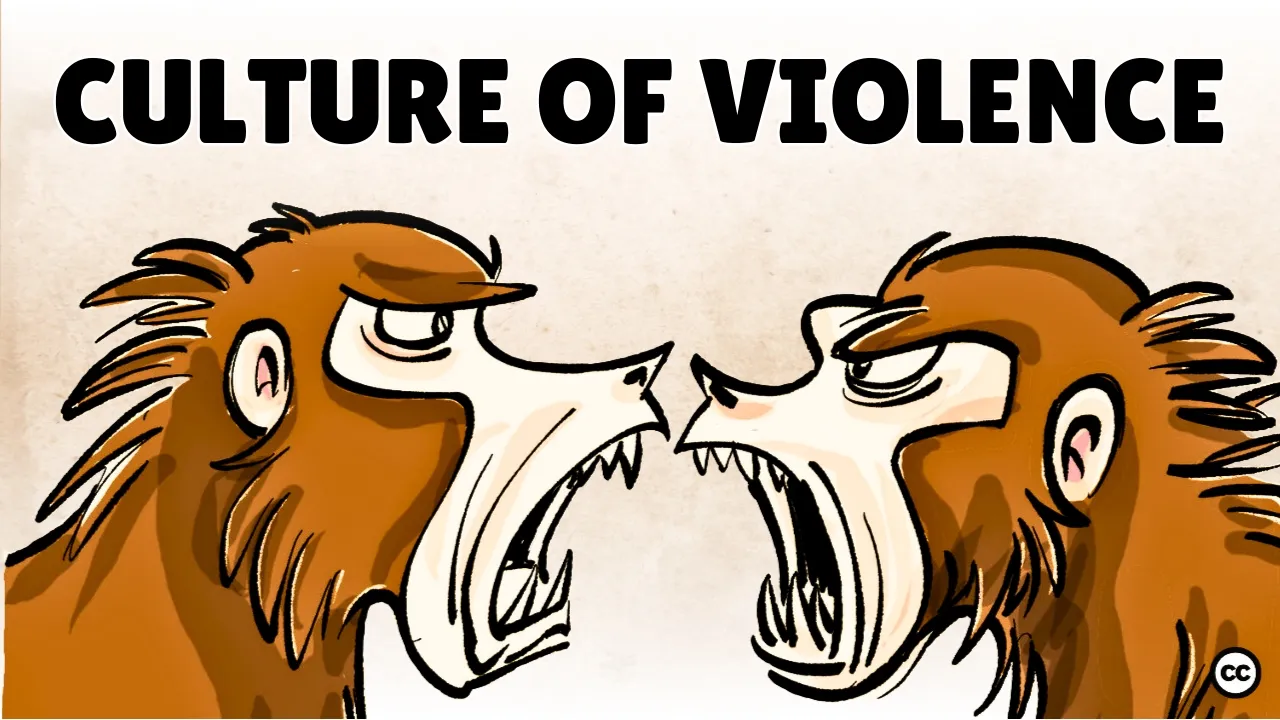
Christmas Truce 1914
During the first winter of World War I, a remarkable event occurred. On Christmas Day in 1914, amidst fierce battles, French and British soldiers laid down their arms and came together to celebrate. For a few days, they became friends, setting aside their hostilities. This raises an intriguing question: what happened to the violence that usually defined their interactions?
This moment of peace amidst war invites us to explore the complexities of violence as a human trait. It prompts us to consider whether violence is an inherent aspect of our nature or a response shaped by circumstances.
Understanding Violence
Violence is not just a human trait; it is shared among many animals. It serves various purposes such as protecting territory, hunting for food, or establishing dominance. However, the costs of violence can be significant. Conflicts often leave behind physical scars and psychological damage.
Aggressive individuals typically lead riskier lives, have fewer social connections, and experience higher stress levels, all of which adversely affect their well-being. This raises questions about the role of violence in modern societies where collaboration and community-building have become more valued.
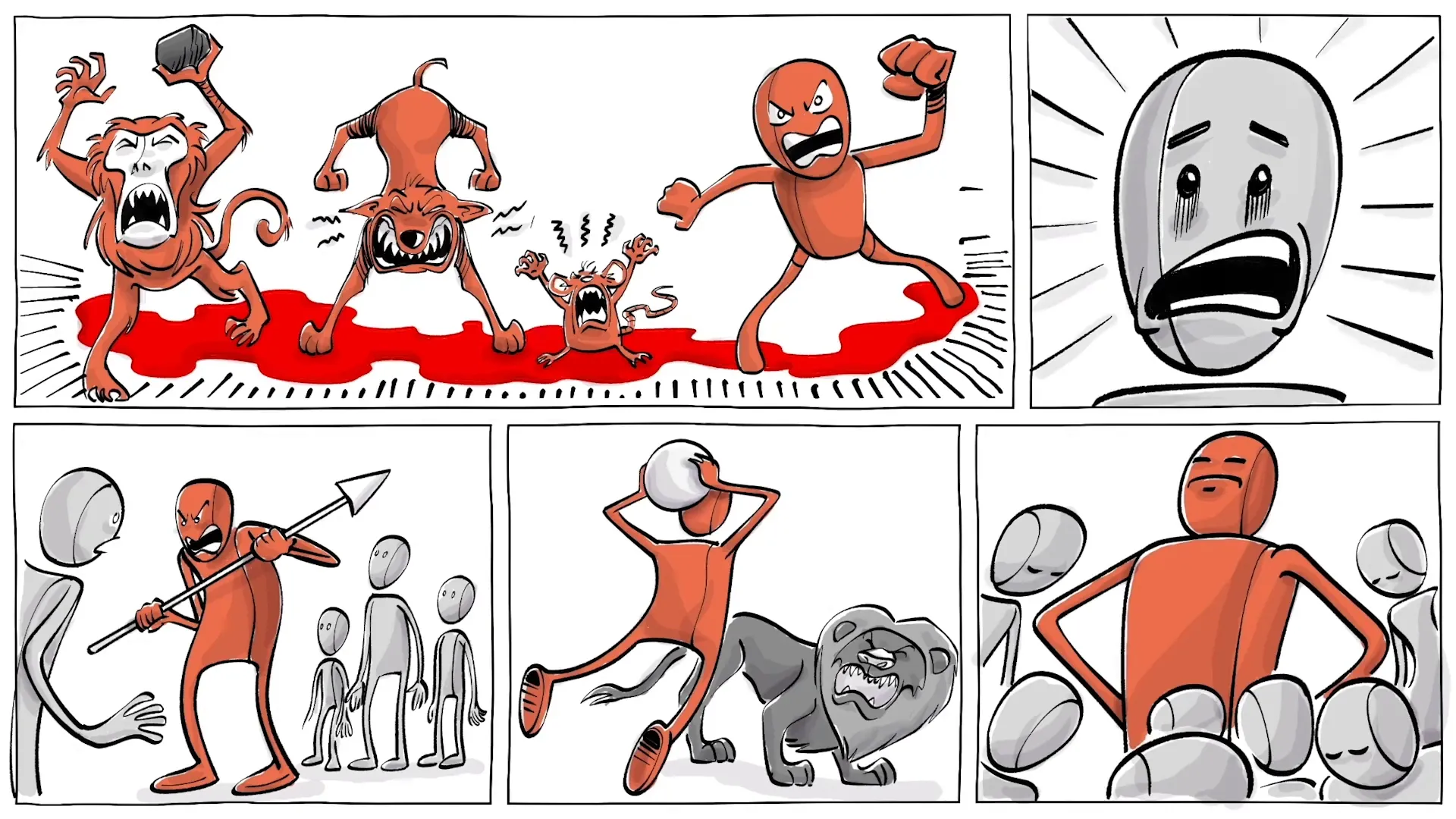
Modern Societies Change
In many contemporary societies, the appeal of violence has diminished. As we innovate and collaborate, we nurture communities that foster a sense of belonging. Yet, despite these advancements, violence persists. Why is this the case?
Some argue that humans are inherently violent, suggesting a biological predisposition towards aggression. This perspective invites further investigation into the nature versus nurture debate regarding human behavior.

Sapolsky’s Baboon Study
Robert Sapolsky, a primatologist, offers a compelling perspective through his extensive study of wild baboons in Kenya. Over 33 years, he observed a troop of baboons that share 94% of our genetic code. His observations revealed that baboons organize their behavior around hierarchies where aggression is the norm.
In this structure, aggressive males typically lead, while females and weaker males care for the young. However, a significant event occurred when the most aggressive males sought food from a garbage dump that became contaminated with tuberculosis, resulting in the deaths of about half the troop.
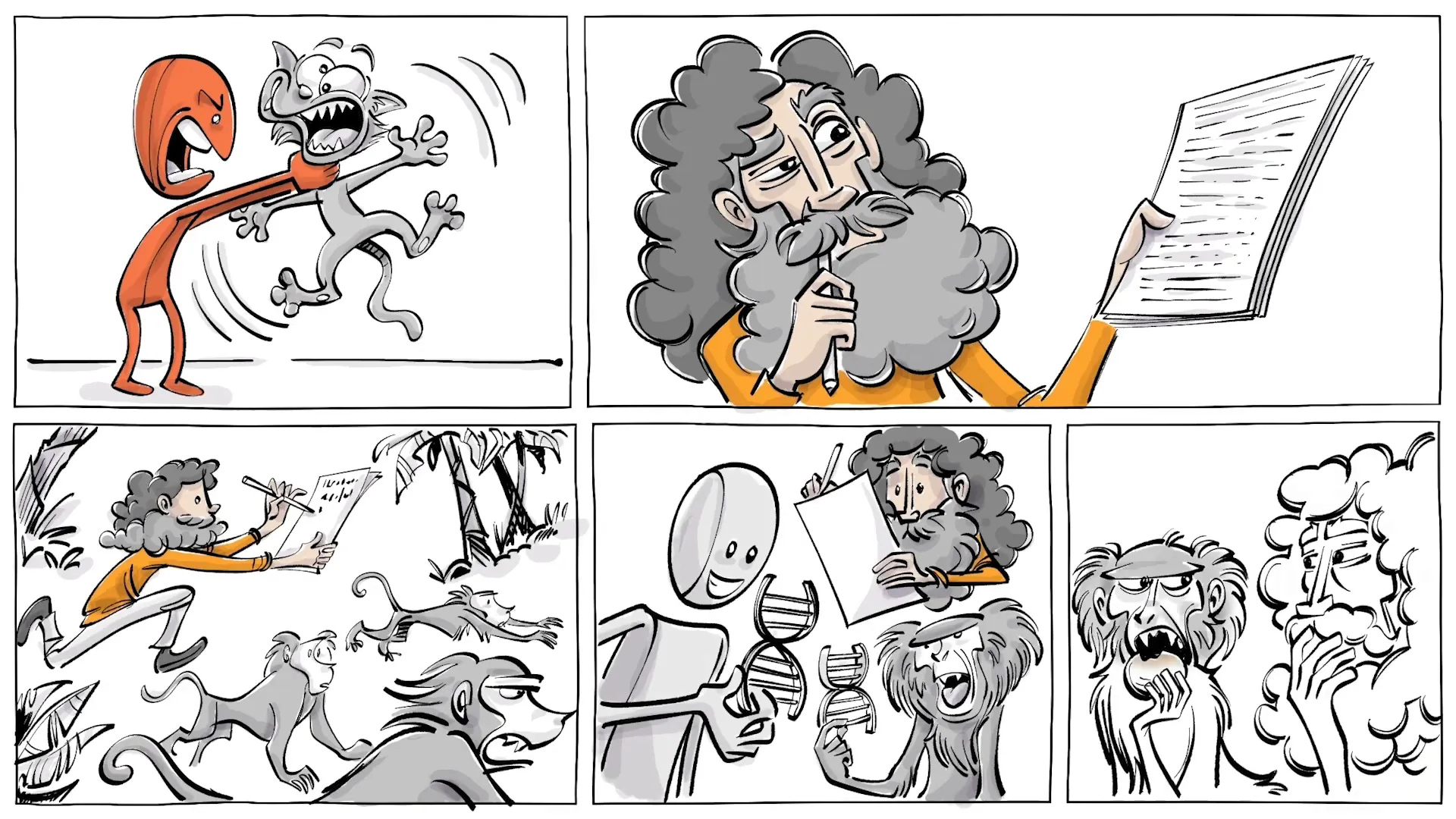
Aggressive Males’ Demise
The aftermath of this incident led to a remarkable shift in the troop's dynamics. The new generation was raised by the surviving females and gentler males. As these young baboons grew up, they exhibited friendlier and less combative behaviors. Within just six years, the once aggressive troop lived in peace.
This transformation underscores the potential for change in social dynamics. Even when aggressive males from other groups joined the peaceful community, they adapted to the new lifestyle, shedding their aggressive tendencies. The troop thrived through collaboration, leading to lower stress levels, better health, and improved survival odds.
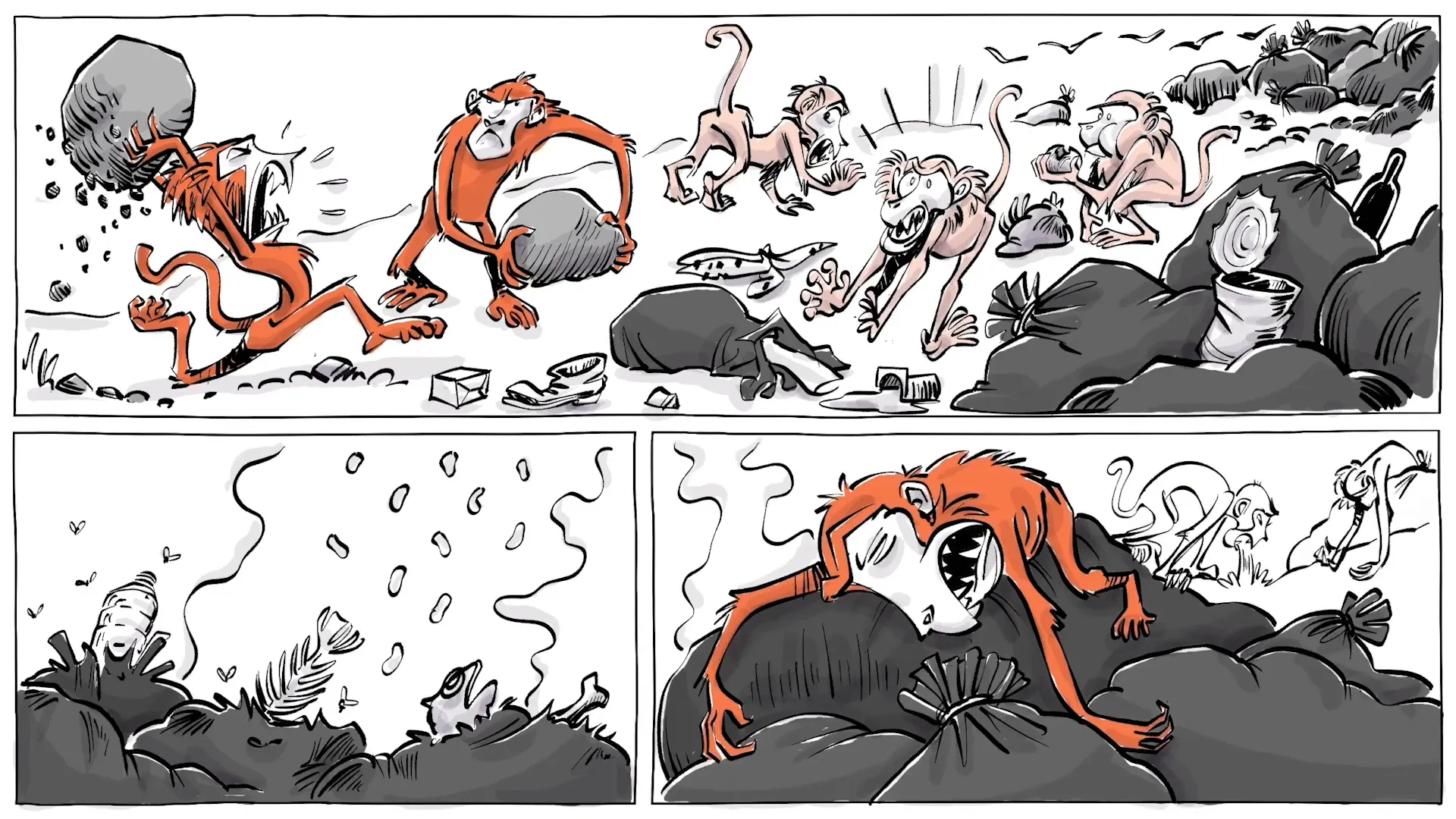
Sapolsky’s Conclusion
Sapolsky concluded that violence in baboons is not an inherent trait but rather a learned response influenced by their environment. This concept extends to human behavior. Children often imitate what they observe at home; thus, abusive environments can perpetuate cycles of violence across generations.
However, Sapolsky cautions against oversimplifying human behavior. He emphasizes that understanding our actions requires considering multiple factors beyond just one cause, such as genetics or upbringing.
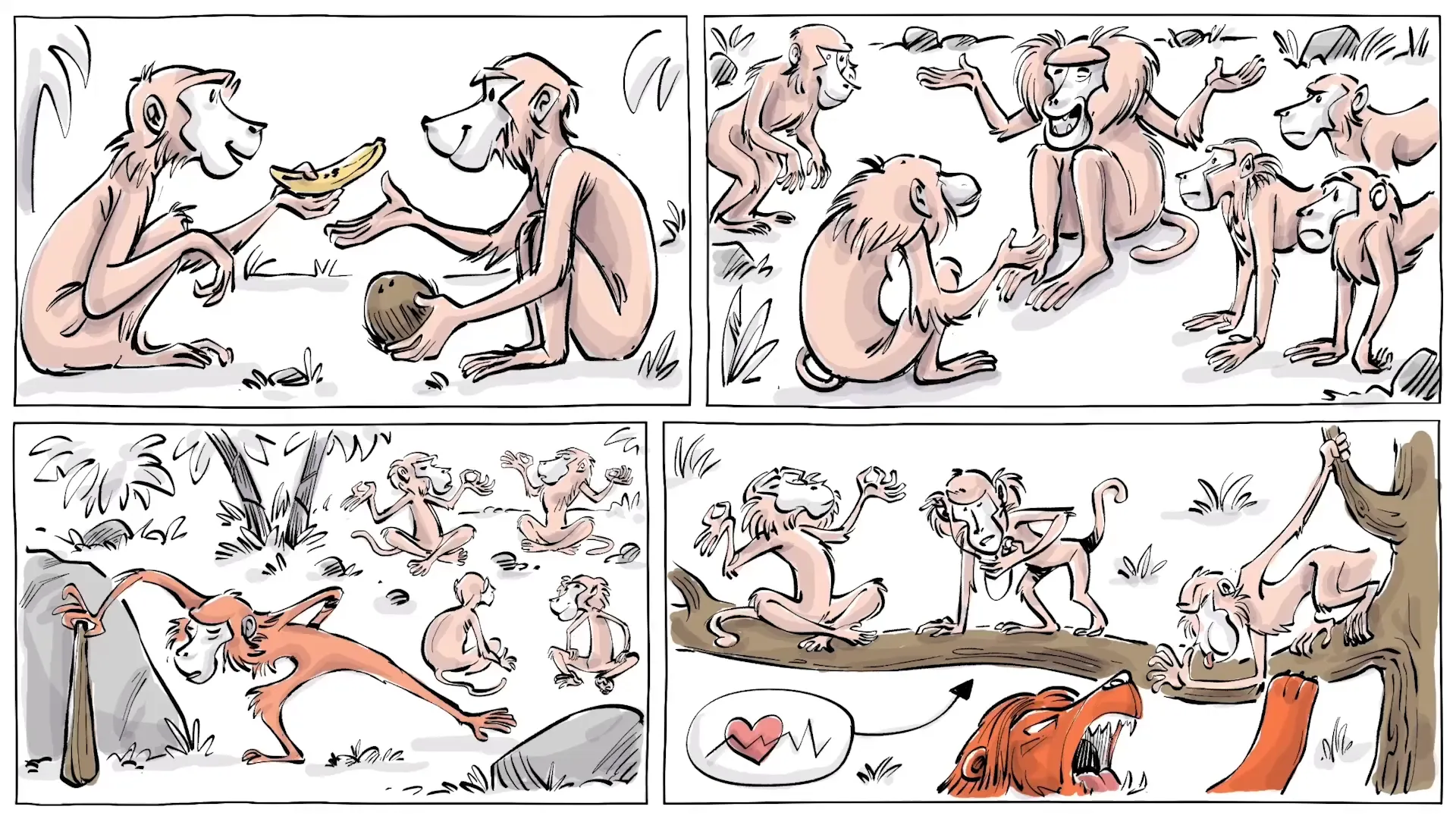
Behavioral Influence Complexity
The complexity of human behavior suggests that it cannot be boiled down to a single cause. Sapolsky notes, “If we want to make sense of our behavior - all the best, the worst, and everything in between - we're not going to get anywhere if we think it can all be explained with one thing.”
This perspective encourages a broader view of the factors influencing violence. It raises essential questions: Are we violent by design, or is it primarily learned behavior? And if it is learned, can we break the cycle of violence?
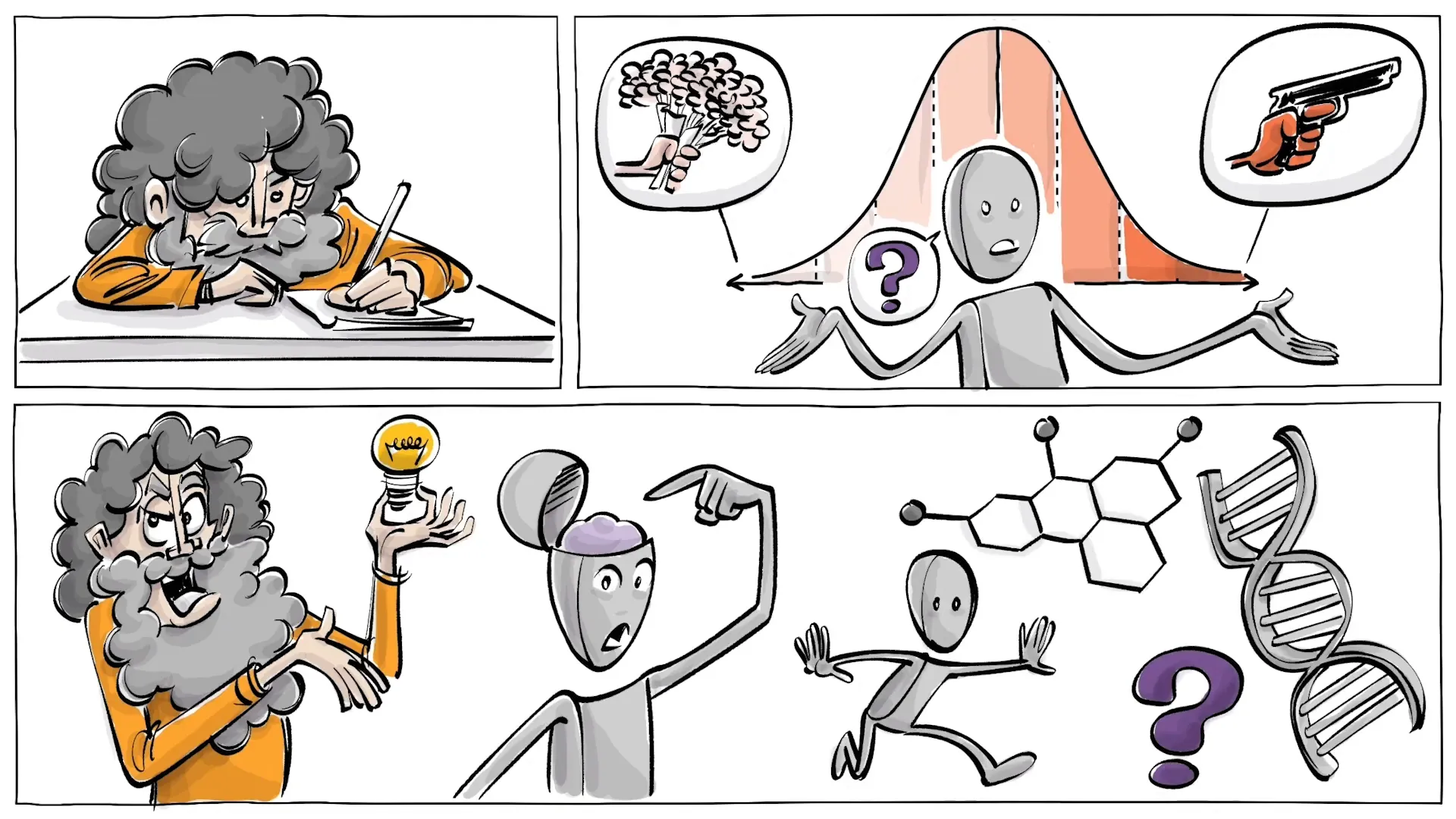
What Do You Think?
As we reflect on these insights, we are left to ponder the nature of violence. Is it an innate trait of humanity, or is it shaped by our experiences and environments? Is there a way to disrupt the cycle of learned violence? These questions invite discussion and contemplation.
Conclusion
Understanding violence requires a multifaceted approach. By examining historical events like the Christmas Truce and scientific studies like Sapolsky’s baboon research, we can gain insights into the roots of aggression and the potential for change. It is essential to foster environments that promote peace and collaboration to break the cycle of violence.
This article was created from the video Why Are We Violent? [Social Learning Theory] with the help of AI. It was reviewed and edited by a human.